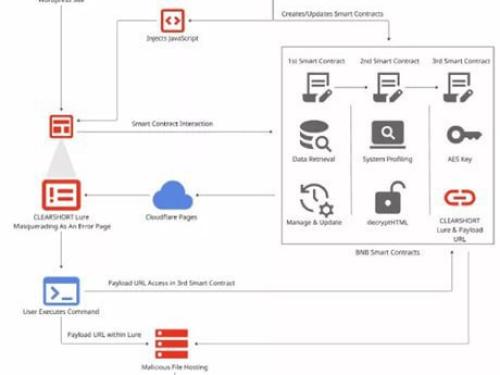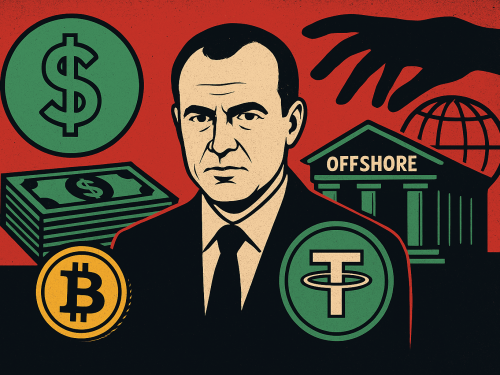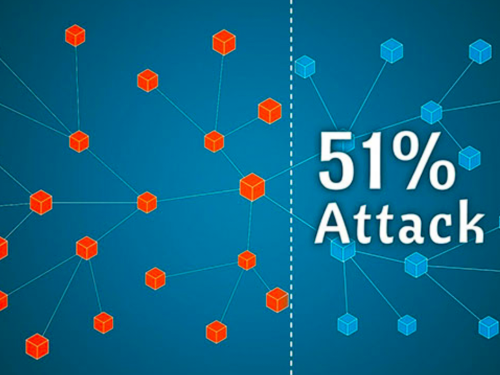Why SMS 2FA is a security relic. Learn why SIM swapping makes SMS codes useless and how the TOTP standard (RFC 6238) provides real account protection.
Understand how to safely store and manage crypto and fiat funds. Learn about cold wallet security, diversified banking partners, and custody insurance to protect your assets effectively.
Blockchain's immutability is weaponized: Learn about "EtherHiding," where UNC5142 hosts malware on BNB Smart Chain smart contracts. Discover why traditional security fails and how to secure decentralized networks.
Short and actionable - how and why to create multiple privacy profiles on an exchange to split risk, reduce correlation, and keep your digital life both secure and manageable.
Every time Tether “prints” another billion USDT, the crypto world shrugs as if this were a normal transaction. But let’s call things by their real name: this is the largest legalized financial fraud in modern history. And it has real owners, real lawyers, and real backers.
Forget the mainstream “use a VPN and Tor” advice. These methods are helpful but easily detected. This article is about high-level tactics and advanced tools that will let you go off the grid—without leaving a trace.
A double-spending attack is when a fraudster tries to spend the same cryptocurrency twice by manipulating the blockchain. 🌐💰 The scammer first makes a transaction and then tries to erase the record of that transaction from the ledger.
Hey crypto enthusiasts and anonymous rebels. Yep, it's me, the crypto-punk from the heart of the digital underground, here to warn you that your stash of digital gold might not be as secure and anonymous as you think. Yes, we're talking about what you call "decentralized exchanges" (DEX) and why this utopia might be more of an illusion than reality.
P2P crypto trading is when you buy and sell digital coins directly with other people, without middlemen. It’s cool because you get to set the price, choose who you trade with, and decide when to make deals. These platforms let you find killer deals and use them to your advantage. But, just like any trading, there are risks involved. Here’s what you need to know to avoid getting burned.
Ever clicked on a suspicious link and wondered what could go wrong? Well, it turns out there are some pretty serious risks involved. Let’s break down how something as simple as clicking a link could lead to your de-anonymization, especially with tools like Hound.
A 51% attack is one of the scariest threats to blockchain networks, with the potential to disrupt their integrity and security. In this article, we’ll break down what a 51% attack is, how it works, and look at real-life examples with Bitcoin Gold and Ethereum Classic.














